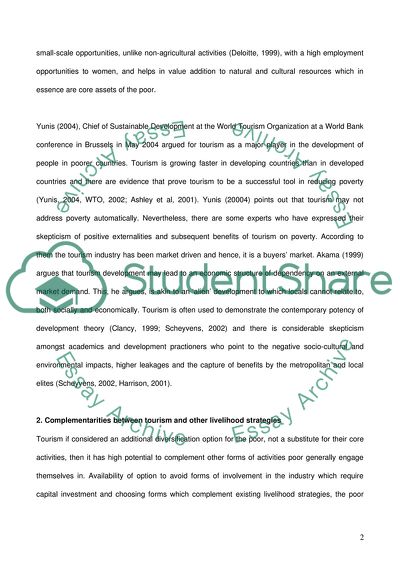Cite this document
(Tourism can Contribute Positively to Poverty Reduction Research Paper, n.d.)
Tourism can Contribute Positively to Poverty Reduction Research Paper. Retrieved from https://studentshare.org/tourism/1723466-tourism-and-economic-development-policy
Tourism can Contribute Positively to Poverty Reduction Research Paper. Retrieved from https://studentshare.org/tourism/1723466-tourism-and-economic-development-policy
(Tourism Can Contribute Positively to Poverty Reduction Research Paper)
Tourism Can Contribute Positively to Poverty Reduction Research Paper. https://studentshare.org/tourism/1723466-tourism-and-economic-development-policy.
Tourism Can Contribute Positively to Poverty Reduction Research Paper. https://studentshare.org/tourism/1723466-tourism-and-economic-development-policy.
“Tourism Can Contribute Positively to Poverty Reduction Research Paper”, n.d. https://studentshare.org/tourism/1723466-tourism-and-economic-development-policy.


